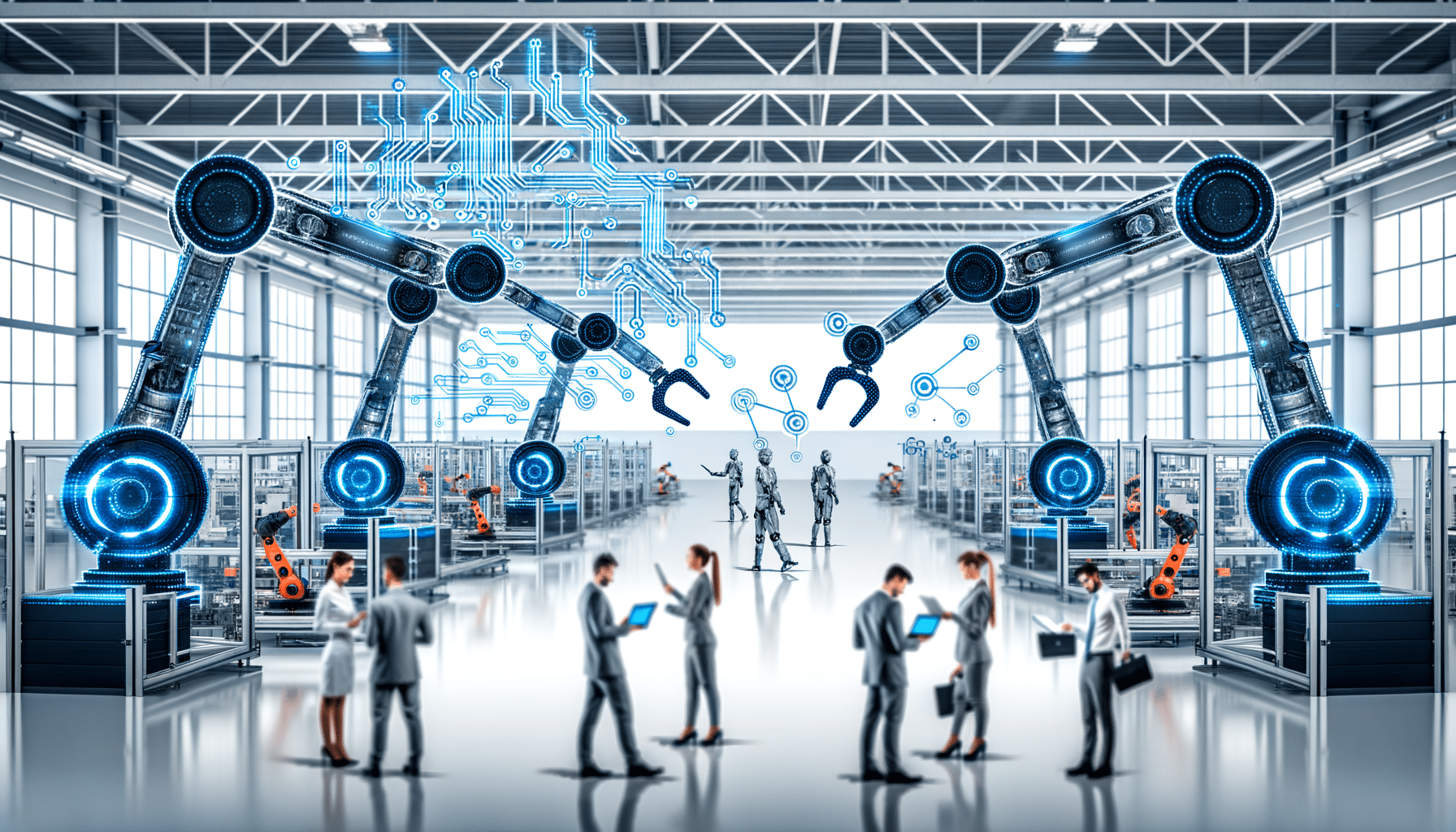Unlocking the Potential of AI in Manufacturing Systems Software
In today’s competitive landscape, the manufacturing industry is under immense pressure to innovate and optimize its operations. With razor-thin margins and fierce global competition, manufacturers are turning to technology for solutions. This is where AI-driven manufacturing systems software is making a significant impact. By enhancing supply chain efficiency, enabling predictive maintenance, and reducing costs, AI is becoming the cornerstone of modern manufacturing workflows.
Transforming Supply Chain Efficiency with AI
The supply chain is the lifeline of any manufacturing operation. The complexity of global supply chains, with multiple suppliers, distributors, and logistics partners, makes them notoriously difficult to manage. AI-driven manufacturing systems software is changing that narrative, bringing unprecedented efficiency and insight.
With AI, manufacturers can:
- Predict Demand Accurately: AI algorithms analyze historical data and current market trends to forecast demand more accurately, reducing the risk of overproduction or stockouts.
- Optimize Inventory Management: Machine learning models help in maintaining optimal inventory levels, ensuring raw materials and finished goods are available just when needed.
- Streamline Logistics: AI-powered tools can optimize routes and delivery schedules, reducing transportation costs and improving delivery times.
These innovations lead to a more streamlined supply chain, minimizing waste and maximizing productivity. Manufacturers who adopt such technologies often see a substantial boost in operational performance.
AI-Driven Predictive Maintenance
One of the most promising applications of AI in manufacturing is predictive maintenance. Traditional maintenance processes often result in either reactive repairs or scheduled maintenance that may not be necessary. AI-driven tools, on the other hand, predict when a machine is likely to fail, allowing manufacturers to plan maintenance at the right time.
The benefits include:
- Reduced Downtime: By anticipating failures, companies can schedule maintenance during non-peak hours, minimizing disruptions to production.
- Cost Savings: Predictive maintenance helps in avoiding costly repairs resulting from unplanned downtime.
- Extended Equipment Lifespan: Regular, condition-based maintenance keeps machinery in optimal condition, extending its operational life.
These predictive capabilities significantly reduce costs and enhance efficiency, ultimately boosting the bottom line.
Reducing Costs through AI-Driven Automation
AI-driven industrial automation is revolutionizing how manufacturers manage and execute their operations. From robotic process automation on the shop floor to AI-driven decision support systems, automation is a key driver of cost reduction.
Here’s how AI contributes to cost savings:
- Labor Efficiency: Automation handles repetitive tasks, allowing human workers to focus on higher-value activities and reducing labor costs.
- Energy Management: AI optimizes energy usage across facilities, identifying when and where energy savings can be achieved.
- Quality Assurance: Machine learning models quickly detect defects during the production process, minimizing waste and rework costs.
The integration of AI-driven automation technologies not only cuts costs but also ensures a higher quality of output, leading to a competitive edge in the market.
Conclusion
As a founder deeply invested in the future of technology, I see AI as an indispensable ally for manufacturers looking to optimize their operations. By integrating AI-driven manufacturing systems software, businesses can enhance supply chain efficiency, leverage predictive maintenance, and significantly reduce operation costs. This strategic advantage allows companies to focus on innovation and quality, ultimately delighting customers and achieving more success in the marketplace.
If you’re intrigued by how AI can revolutionize manufacturing operations, and want to stay informed on cutting-edge developments, I invite you to explore more insights on these transformative trends and technologies.
